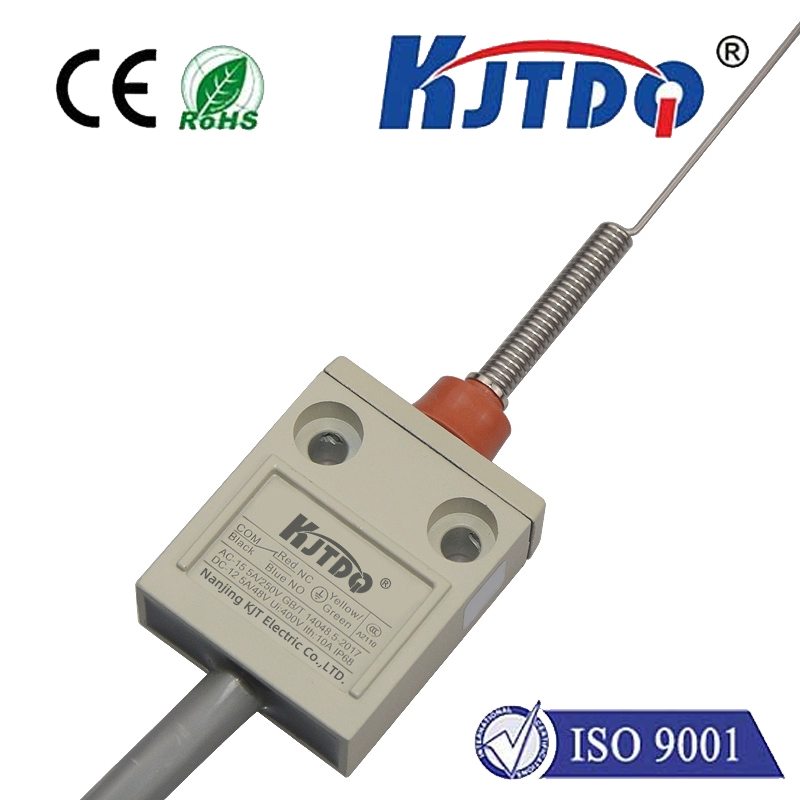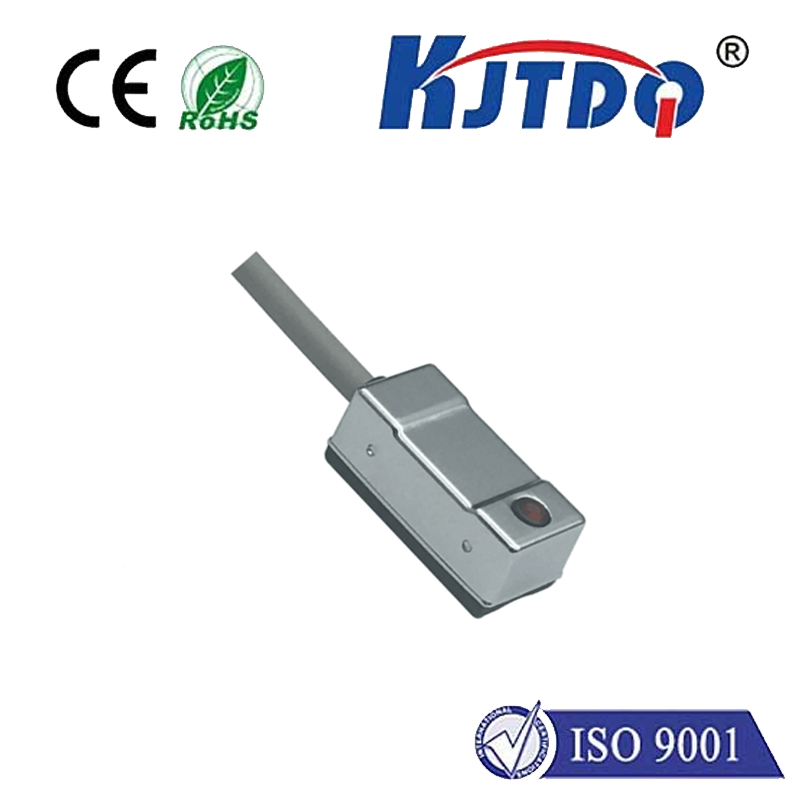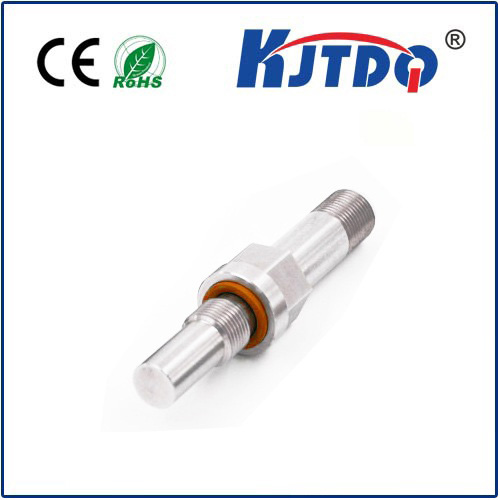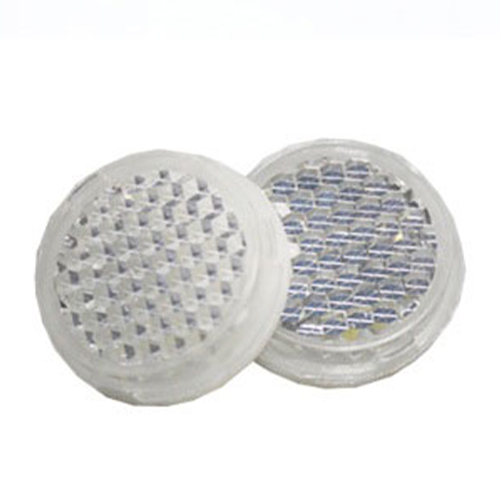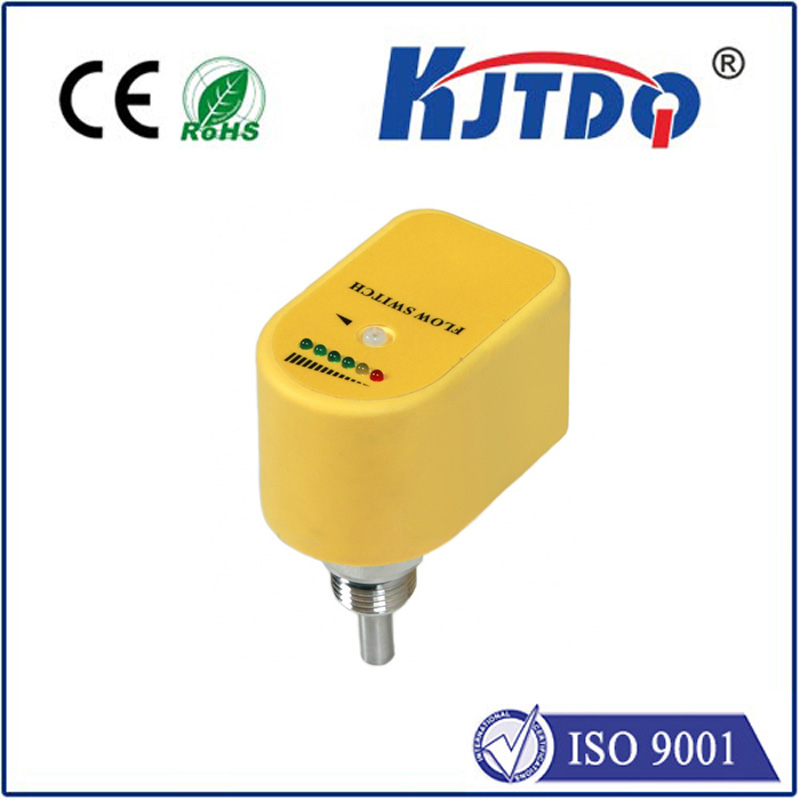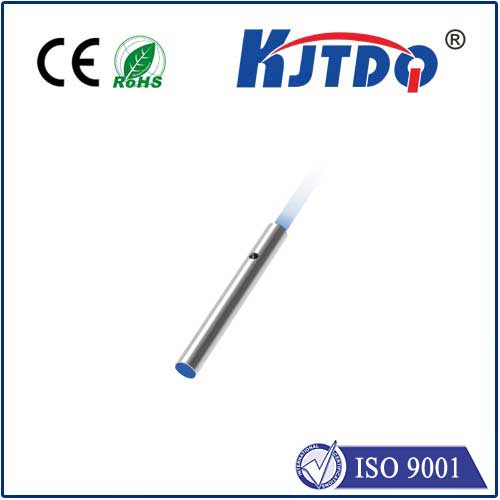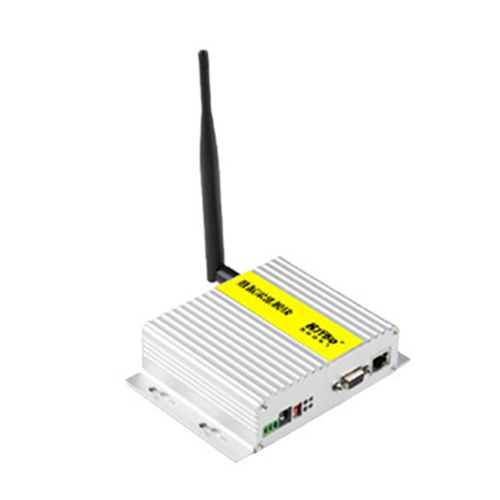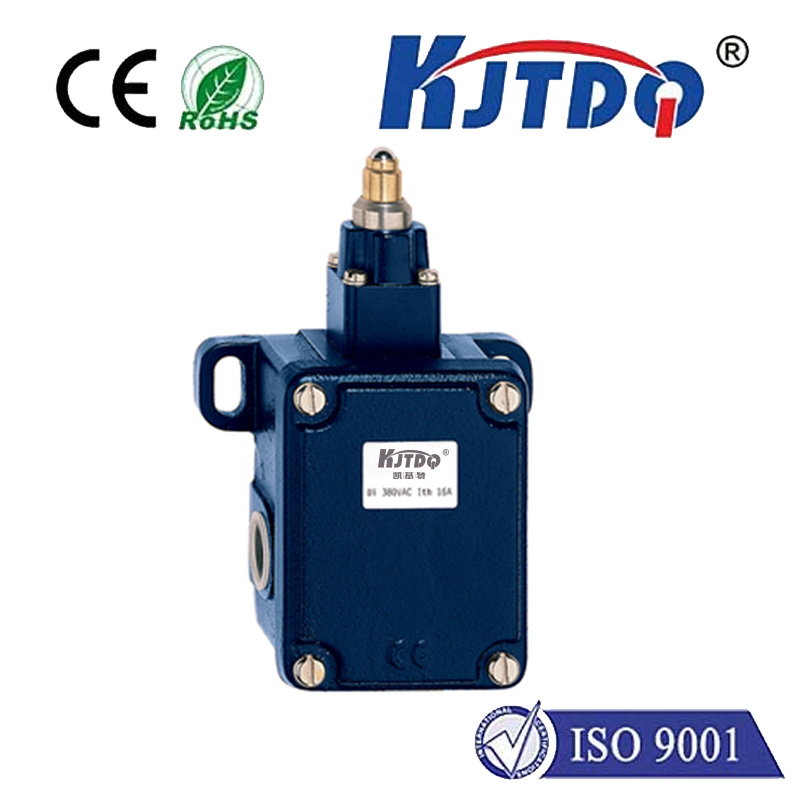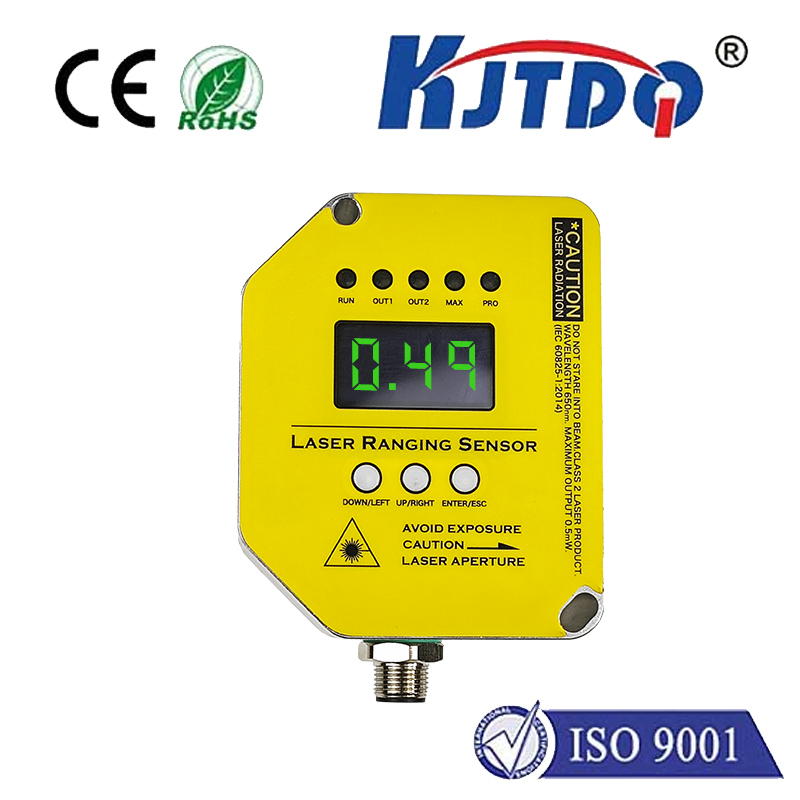

check

check

check

check
Exploring the Versatility of Wireless Limit Switches
Wireless limit switches have revolutionized industrial automation and control systems. They offer a wide range of benefits over traditional wired limit switches, including increased flexibility, ease of installation, and reduced maintenance costs. In this article, we will explore the various applications of wireless limit switches and how they can enhance your system's performance.
Firstly, let us define what a wireless limit switch is. A wireless limit switch is an electronic device that detects the presence or absence of an object, such as a machine part or conveyor belt, without the need for physical contact. It sends a signal wirelessly to a receiver, which in turn triggers an action, such as stopping a motor or sounding an alarm. This technology eliminates the need for lengthy wiring runs and complex installation procedures associated with wired limit switches.

One of the most significant advantages of wireless limit switches is their flexibility. They can be easily repositioned or moved to different locations within the system, allowing for quick and easy modifications to the workflow. Additionally, wireless limit switches are not limited by distance constraints, enabling them to work over long distances without any signal degradation. This makes them ideal for large-scale industrial setups where traditional wired limit switches may struggle to provide reliable coverage.
Another benefit of wireless limit switches is their ease of installation. Unlike wired limit switches, which require extensive wiring and electrical expertise to install correctly, wireless limit switches can be set up quickly and easily by anyone with basic technical knowledge. This reduces installation time and labor costs, making them a cost-effective solution for businesses looking to streamline their operations.
Furthermore, wireless limit switches are highly reliable and durable. They are designed to withstand harsh industrial environments and can operate effectively even in extreme temperatures or humidity levels. Their wireless nature also means they are less susceptible to damage from physical impacts or environmental factors that could affect wired limit switches. As a result, maintenance costs are significantly lower than those associated with traditional wired limit switches.
In terms of applications, wireless limit switches are used in a variety of industries, including manufacturing, logistics, and transportation. They can be used to monitor conveyor belts, detect the presence of objects on assembly lines, or ensure that doors and gates are properly closed. They are also commonly used in robotics and automation systems, where they play a crucial role in ensuring smooth and efficient operation.
In conclusion, wireless limit switches offer numerous benefits over traditional wired limit switches. Their flexibility, ease of installation, reliability, and durability make them an ideal choice for businesses looking to improve their system's performance while reducing maintenance costs. As technology continues to advance, it is likely that we will see even more innovative applications for wireless limit switches in the future.
